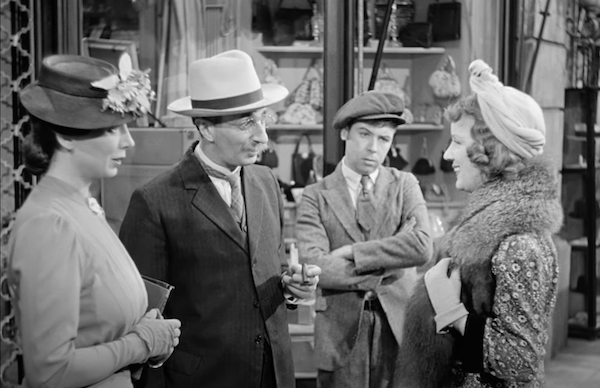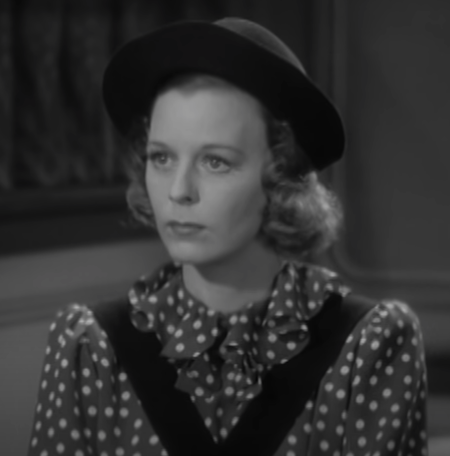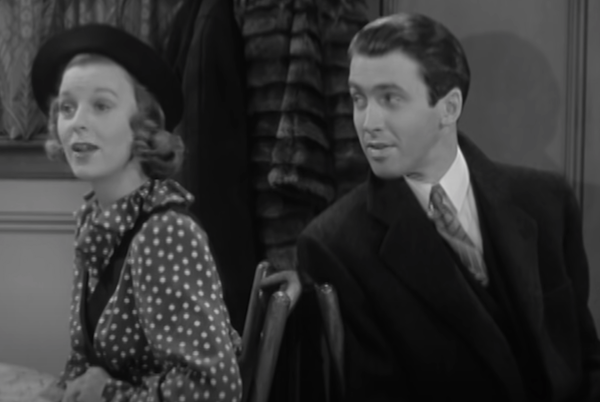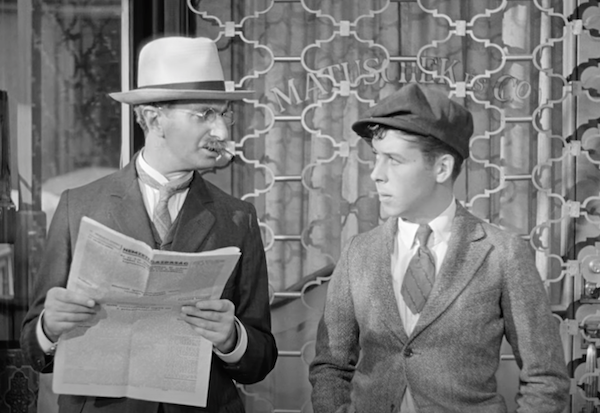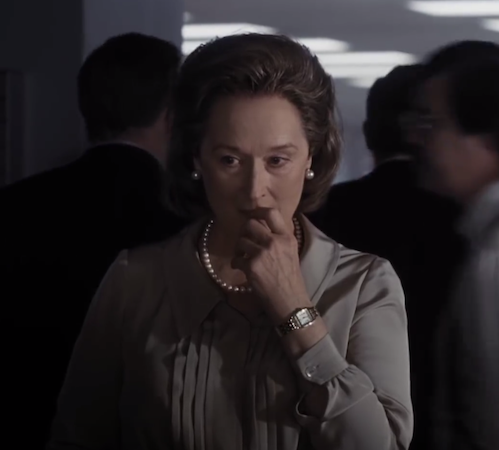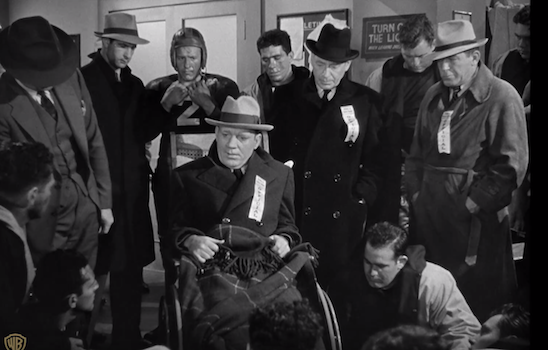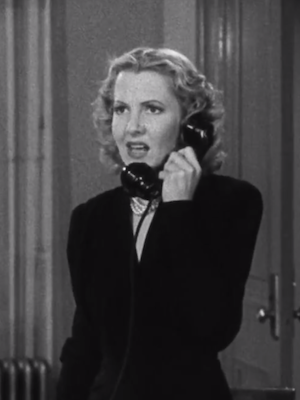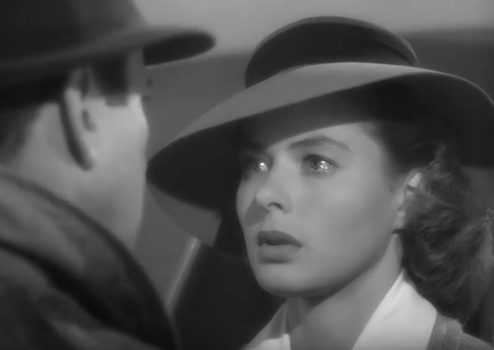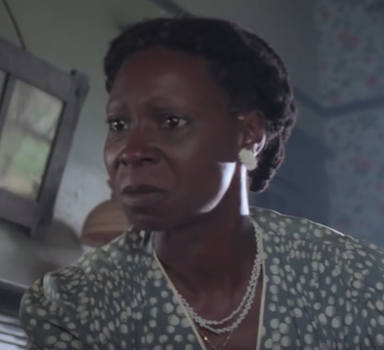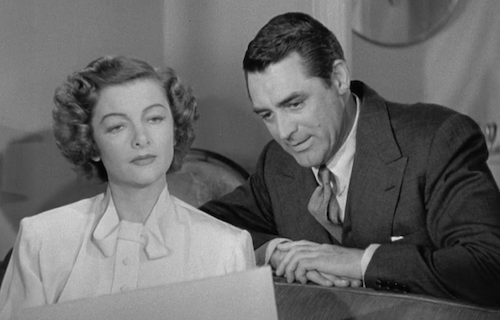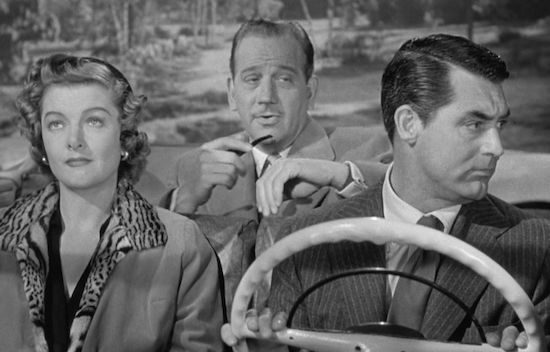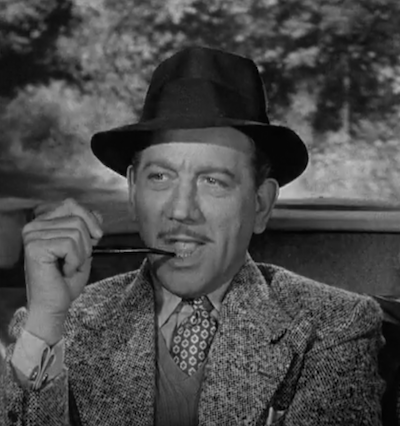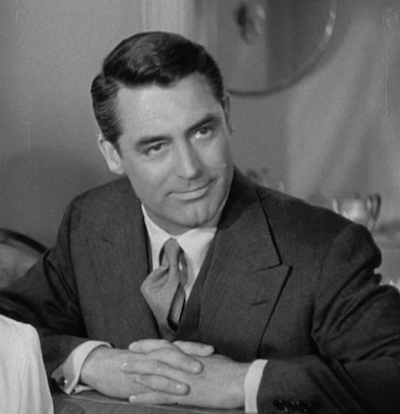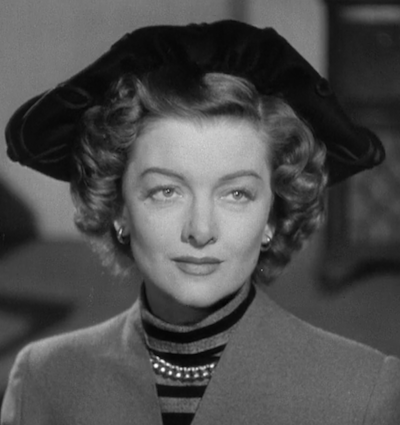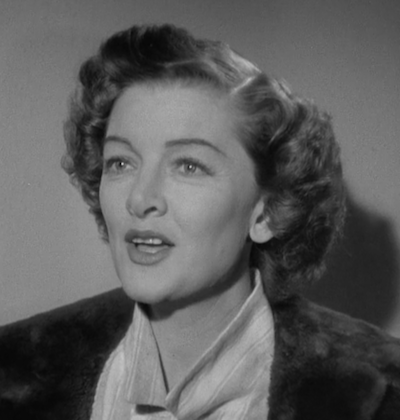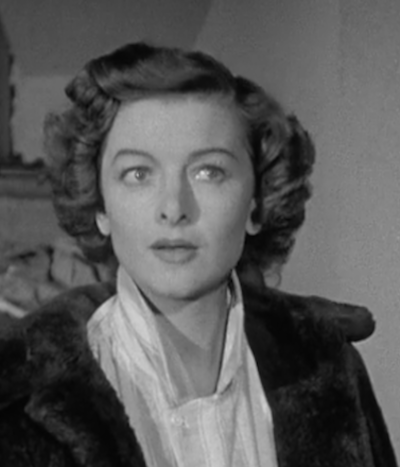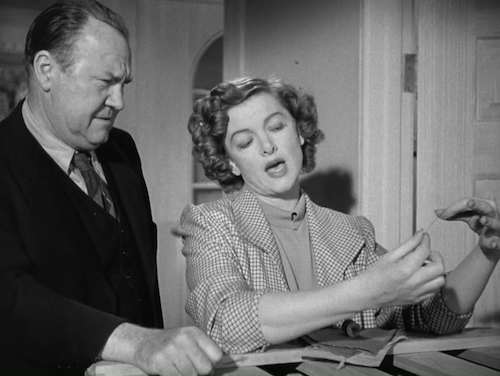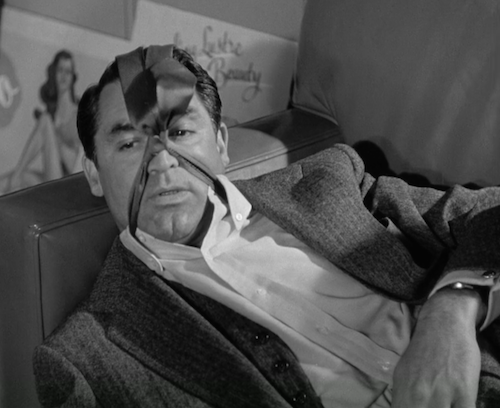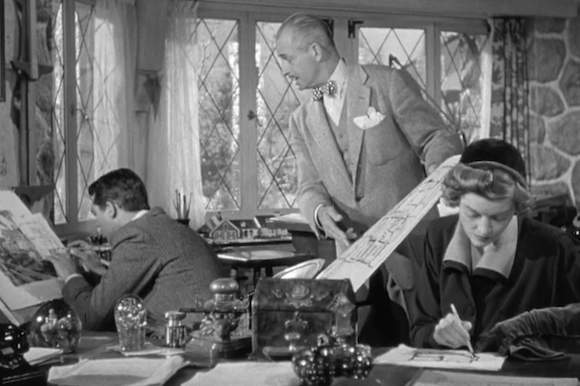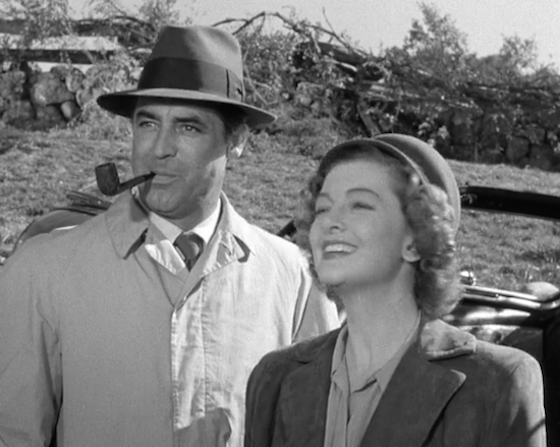Silly Scenes: Joe vs. the Volcano
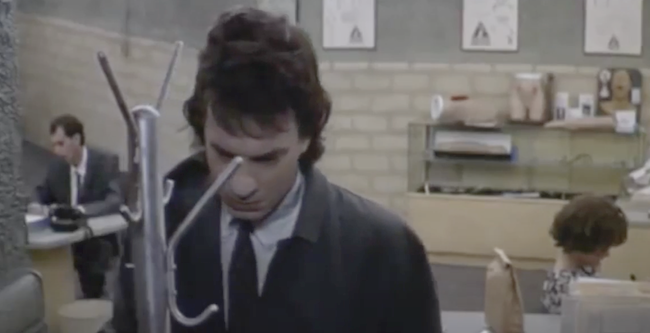
Today I’m starting a new series for this blog for all of us who haven’t slept in months and fear we won’t for some time: Gloriously Silly Scenes. We all need some sweetness and light right now, and luckily for all of you, I have been self-medicating on fluffy joy in movie form since two of my aunts, Betty and Ellen, introduced me to Teddy in Arsenic and Old Lace as a child. My two sisters and I would run around my aunt’s room, shouting “Charge!!” with one arm aloft as we watched the film, giggling hysterically.
My effort to seek silly films became a fully deliberate act due to two life-changing events in my teens: 1. My discovery of USA Up All Night. 2. The moment my good friend Carrie and I went to see Joe Versus the Volcano (1990) in the theater. To all of you who love cry-laughing in silent rooms, to all of you amused by what was never intended to be funny at all, and to all of you who embrace deeply weird and/or unabashedly ridiculous humor, you will understand that the impossibly grim opening credits of Joe versus the Volcano were a revelation to me. The choice of “Sixteen Tons.” The mud. The one flower. The evocation of old labor folklore (I kept thinking of John Henry). It wasn’t just silly. It was thrillingly so.
The whole film is a treasure. I could write a poem about the suitcase shopping sequence alone. But for this moment, I’d like to pause on comic gem Dan Hedaya, who would crack up an entirely different generation as the affectionate father/terrifying litigator/threatener of potential dates in Clueless. In Joe vs. the Volcano, he is the boss of three employees: one dour, but expressive silent man; the despondent Joe (Tom Hanks); and the almost deflated but somehow still chipper-while-sniffling assistant (Meg Ryan).
The office scene opens with the clatter of a typewriter and the buzz of failing overhead lights. The whole scene is bathed in sickening shades of yellow and blue. As you take in the comically awful office, with decor that brings back my impressions of “break rooms” in fast food restaurants in the 80s or those airport smoking lounges when the bans started taking effect, you hear the boss (Hedaya) in the background, talking on the phone:
“I know he can get the job, but can he do the job? Harry. Yeah, Harry, but can he do the job? I know he can get the job, but can he do the job? I’m not arguing that with you. I’m not arguing that with you. I’m not arguing that with you. I’m not arguing that with you, Harry! Harry, Harry, yeah Harry, but can he do the job? I know he can get the job, but can he do the job? I’m not arguing that with you….Who said that? I didn’t say that. If I said that, I would have been wrong….I’m not arguing that with you. Yeah, Harry. I know he can get the job….”
As his boss talks, Joe walks in and tries to hang his hat on the coat rack, but it breaks. He attempts to make coffee with that awful chalky powdered creamer, empty cups everywhere.
The boss’s infuriating refrain (awesomely comic, thanks to Hedaya’s delivery) couples perfectly with Joe’s return from his lunch break, where he received dire news about his health. We aren’t surprised that Joe finds his workplace repellant afterward (he describes it as a “sink”). What’s ridiculous is that it took him four and half years to recognize it.
After he quits and the boss belittles him in response, Joe says, “I should say something,” the catalyst for the film. The fact that Joe says this aloud, the fact that anyone who spent five minutes in that room would need a moment of insight to leave, the boss’s and assistant’s befuddlement that anyone would quit–any one of these things would be hilarious. In concert, they are genius.
There really is nothing like Tom Hanks in breakdown mode, as anyone who has seen The Money Pit knows. And after Joe decides to quit, he begins a funny rant about his job, claiming that the fluorescent “zombie” lights are “sucking the juice” out of his eyeballs and that the coffee “tastes like arsenic.” His transition from lethargy to energy is exhilarating, as is his combination of giddy physical comedy and dry, understated truth-telling.
In case you don’t have time for the whole film and need the laughs, here’s the start of the scene and the moment Joe quits. This was my pre-Office Space bad job film, and it has never been supplanted in my affections.
If you can, watch the whole film. It’s an oddly philosophical story (written by the man who penned Doubt). The Ossie Davis cameo is amazing. It’s that rare film that lets Ryan flex her full comic muscles instead of making her ride on charm. And the film reveals Hanks at his comic best.
As for the rest of the film, airtight suitcases, orange soda, and brain clouds. What’s not to love?
(If you have any gloriously silly scene requests, let me know!)


